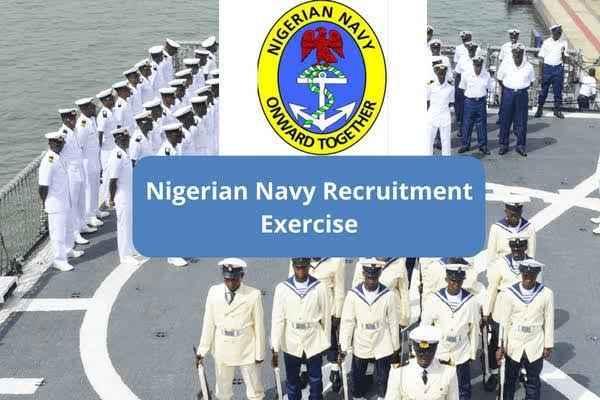Nigeria Army Ranks And Symbols

The Nigerian Army is one of the largest and most structured military forces in Africa, with a detailed and hierarchical system of ranks and symbols that represent the order, discipline, and tradition of the institution. Understanding these ranks and their corresponding symbols is essential for anyone interested in the workings of the Nigerian military.
Overview of the Nigerian Army Ranks
The Nigerian Army ranks are divided into two main categories: Commissioned Officers and Non-Commissioned Officers. Each rank is associated with specific duties, responsibilities, and insignia that symbolize the authority and status of the officers.
Commissioned Officers
Commissioned officers are the senior members of the Nigerian Army, typically starting their careers with a degree or through specialized military training academies. Their ranks, from the lowest to the highest, include:
-
Second Lieutenant: The entry-level rank for commissioned officers, identified by a single silver star insignia.
-
Lieutenant: Marked by two silver stars, these officers often lead a squad.
-
Captain: Recognizable by three silver stars, a Captain typically commands a company.
-
Major: This rank is symbolized by a silver eagle and is the lowest field officer rank.
-
Lieutenant Colonel: Signified by a silver eagle paired with a silver star, they command battalions.
-
Colonel: Denoted by two silver stars and a silver eagle, Colonels oversee regiments.
-
Brigadier General: Marked by three silver stars forming a triangle, along with a silver eagle, they command brigades.
-
Major General: Identified by a golden emblem featuring crossed swords and a baton under a golden eagle, Major Generals command divisions.
-
Lieutenant General: These high-ranking officers are often the Chief of Army Staff, identified by a crossed sword and baton beneath a silver eagle and star.
-
General: The highest rank during peacetime, symbolized by a gold emblem featuring crossed swords, a baton, and an eagle.
The Field Marshal rank, although part of the official structure, has never been occupied in Nigeria's history.
Non-Commissioned Officers
Non-Commissioned Officers (NCOs) are the backbone of the army, responsible for the execution of orders and the management of enlisted soldiers. Their ranks include:
-
Recruit/Trainee: The entry-level position with no insignia.
-
Lance Corporal: Identified by one shoulder mark.
-
Corporal: Recognizable by two shoulder marks.
-
Sergeant: Denoted by three shoulder marks.
-
Staff Sergeant: Marked by three shoulder marks with a golden eagle.
-
Warrant Officer: These officers have a golden eagle surrounded by a crown of olive leaves as their insignia.
-
Master Warrant Officer: The highest NCO rank, symbolized by the Nigerian Coat of Arms with silver horses.
The Nigerian Army Symbols
The Nigerian Army's identity is also defined by its distinct symbols, particularly its logo. The logo includes an eagle, symbolizing power and precision, a star, representing national unity, and Arabic text meaning "Victory comes from God alone." The colors used in the logo also have specific meanings: red for the threat or enemy, and black for the Nigerian cavalry.
Importance of Ranks and Symbols
These ranks and symbols are not just for identification; they represent the honor, duty, and service of the officers and soldiers who serve in the Nigerian Army. They also reinforce the discipline and hierarchy that are critical to the effective functioning of the military. Understanding these elements provides insight into the organization and operational structure of one of Africa's most formidable military forces.






